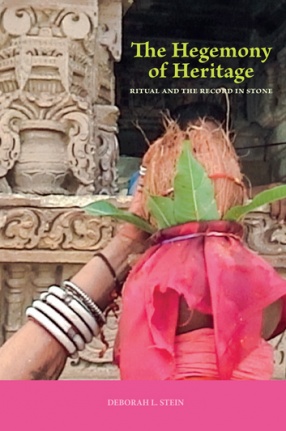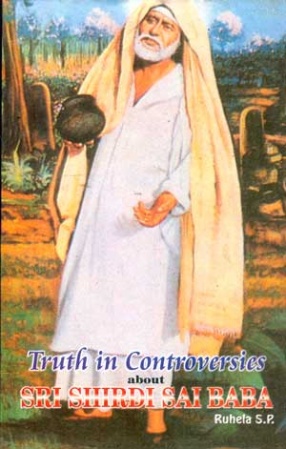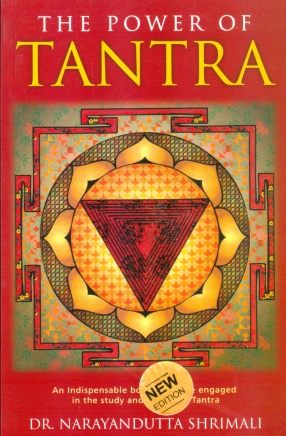The Hegemony of Heritage : Ritual And The Record in Stone
The Hegemony of Heritage makes an original and significant contribution to our understanding of how the relationship of architectural objects and societies to the built environment changes over time. Studying two surviving medieval monuments in southern Rajasthan—the Ambika Temple in Jagat and the Sri Eklingji Temple complex in Kailashpuri—the author looks beyond their divergent sectarian affiliations and patronage structures to underscore many aspects of common practice. This book offers new and extremely valuable insights into these important monuments, illuminating the entangled politics of antiquity and revealing whether a monument’s ritual record is affirmed as continuous and hence hoary or dismissed as discontinuous or reinvented through various strategies. The Hegemony of Heritage enriches theoretical constructs with ethnographic description and asks us to reexamine notions such as archive and text through the filter of sculpture and mantra.“Makes visible the multiple methodologies that can be mobilized to write nuanced histories of Hindu temple architecture. The author’s approach is both refreshing and new. Skillfully weaving in postcolonial theory, object ontologies, and affect theory, among other approaches, the book opens up an exciting paradigm in the study of South Asian art and architecture.” SUGATA RAY, Assistant Professor of South Asian Art and Architecture, University of California, Berkeley.
Contents: Introduction: The “Hindu” Temple in Diachronic Context. 1. Temple as Geographic Marker: Mapping the Tenth-Century Sectarian Landscape. 2. Temple as Catalyst: Renovation and Religious Merit in the Field. 3. Temple as Royal Abode: The Regal, the Real, and the Ideal in Fift eenth-Century Mewr. 4. Temple as Palimpsest: Icons and Temples in the “Sultanate” Era. 5. Temple as Ritual Center: Tenth-Century Traces of Ritual and the Record in Stone. 6. Temple as Praxis: Agency in the Field in Southern Rjsthan. 7. Temple as Legal Body: Aesthetics and the Legislation of Antiquity. Conclusion: Heritage and Confl ict: Medieval Indian Temple as Commodifi ed Imaginary. Notes. Bibliography.
Get it now and save 10%
BECOME A MEMBER







Bibliographic information